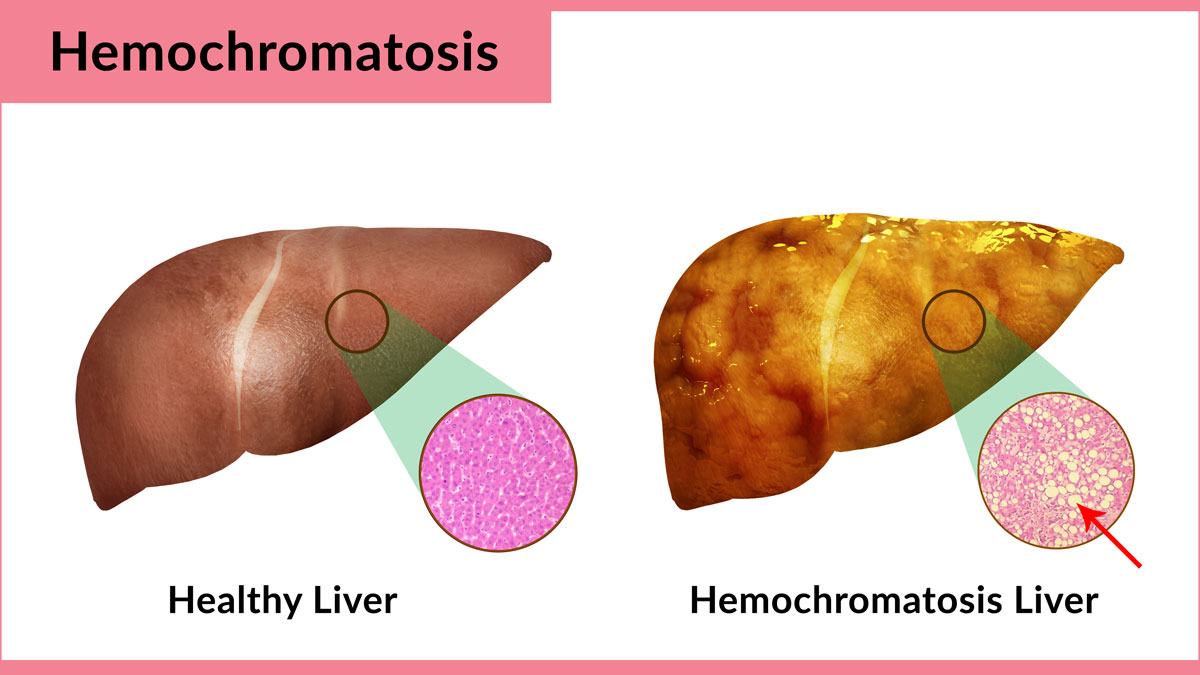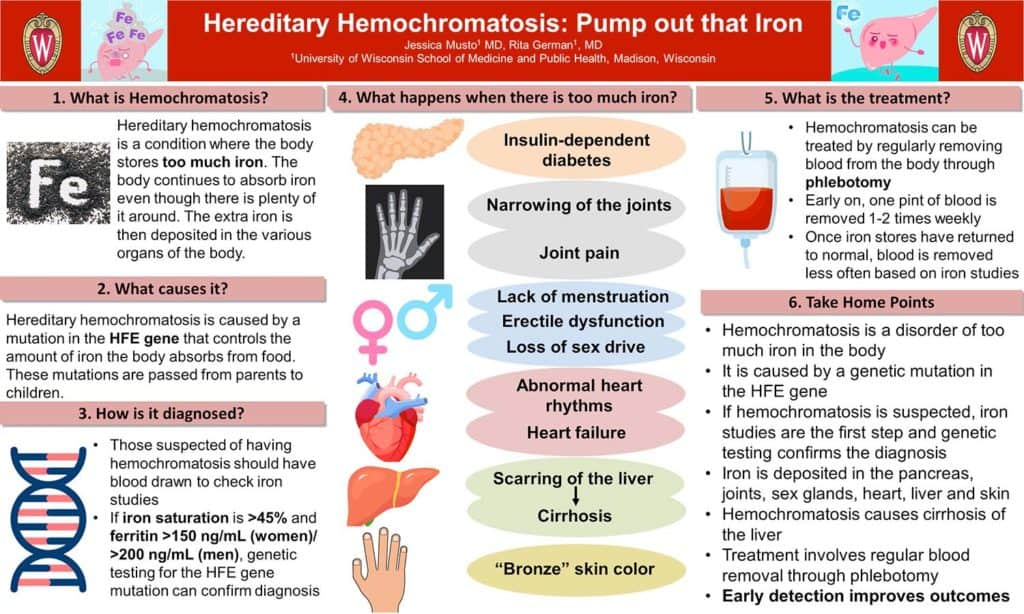Free Courses Sale ends Soon, Get It Now


Free Courses Sale ends Soon, Get It Now



Copyright infringement not intended
Picture Courtesy: www.stepwards.com
Context: Hemochromatosis, often referred to as "bronze diabetes," is a rare genetic disorder characterized by excessive accumulation of iron in the body.
About Hemochromatosis

Picture Courtesy: liverfoundation.org
|
PRACTICE QUESTION Q. Which of the following is a primary cause of Hemochromatosis? A) High sugar intake B) Genetic mutation C) Vitamin deficiency D) Exposure to radiation Answer: B Explanation: Hemochromatosis is primarily caused by a genetic mutation, specifically mutations in the HFE gene, leading to the excessive absorption of iron. |
© 2024 iasgyan. All right reserved